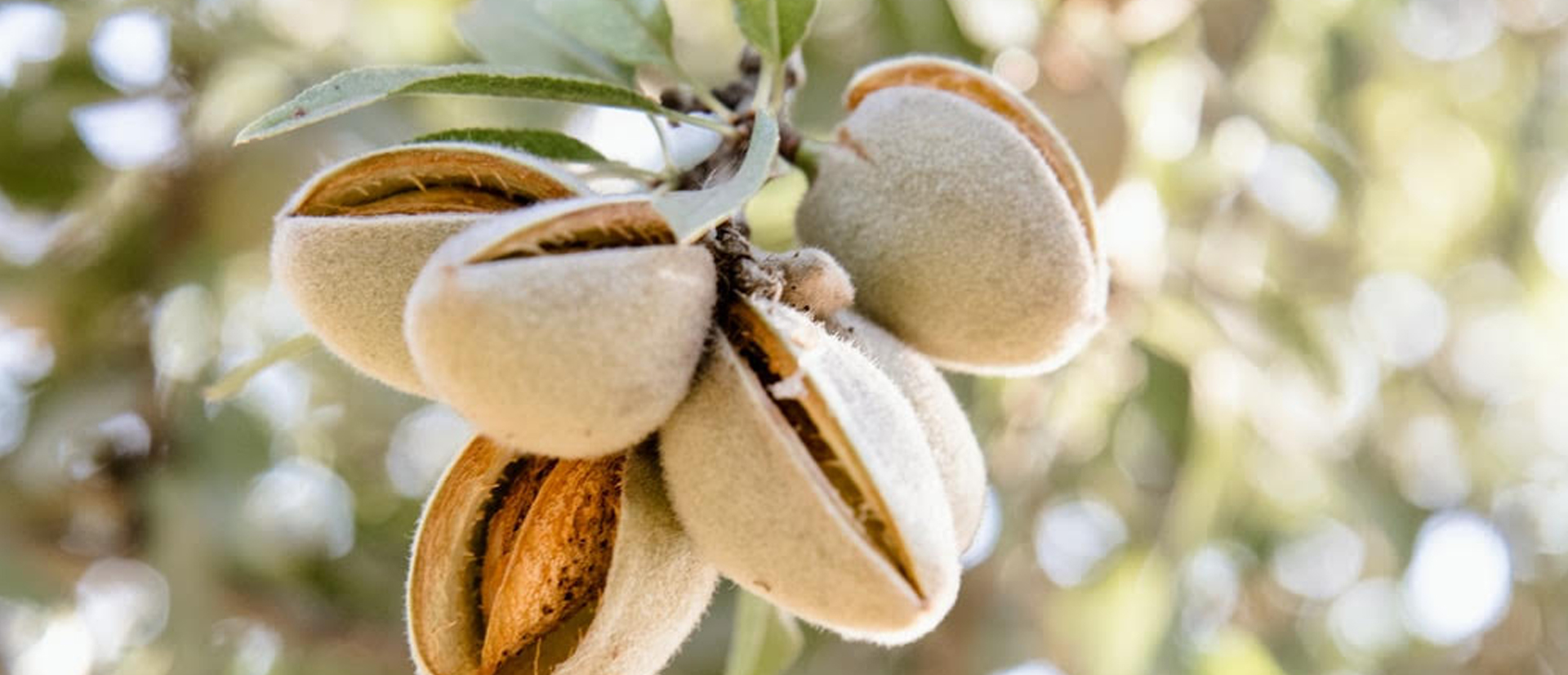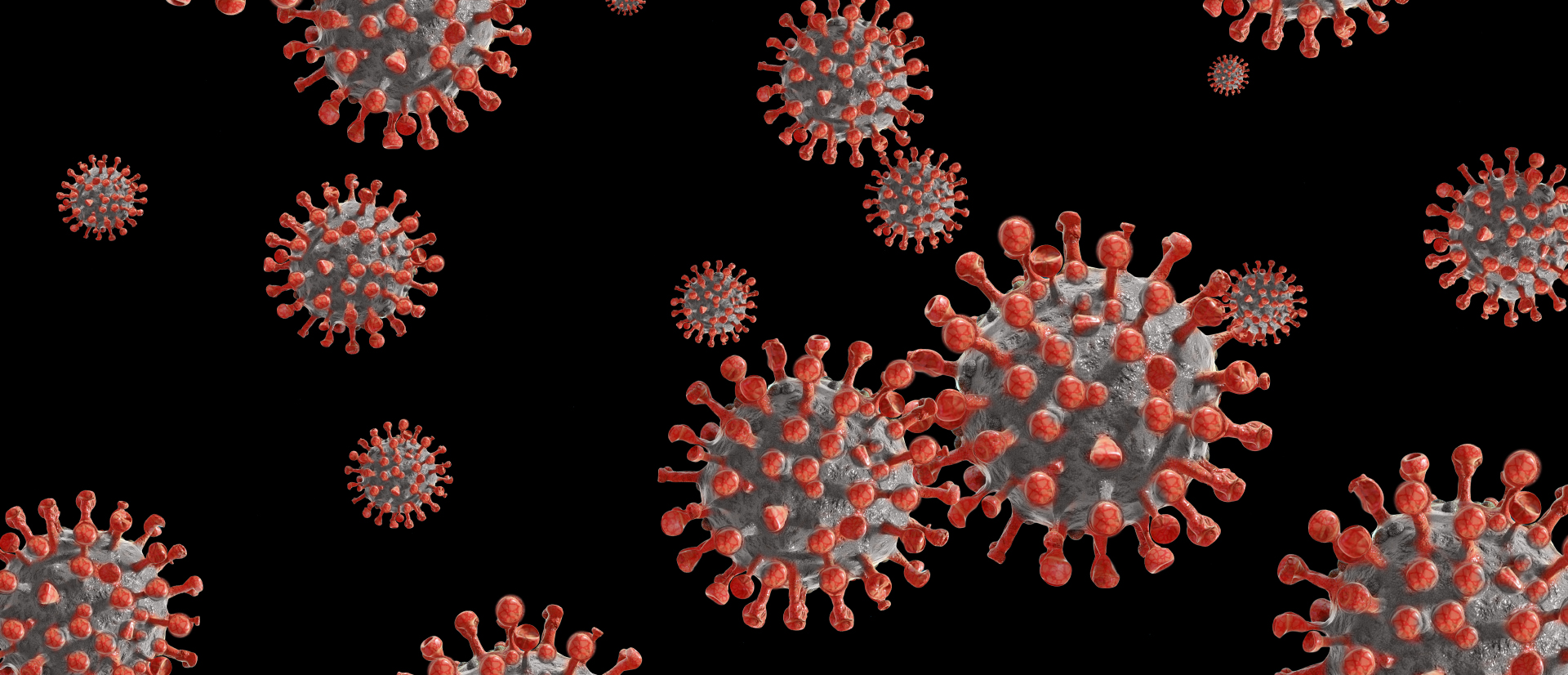 Many substances are phytotoxic to plants. Such substances commonly include air pollution, fertilizers, and pesticides. But what is phytotoxicity? How is it measured? And how can pesticides be formulated to reduce phytotoxicity?
Many substances are phytotoxic to plants. Such substances commonly include air pollution, fertilizers, and pesticides. But what is phytotoxicity? How is it measured? And how can pesticides be formulated to reduce phytotoxicity?
By definition, phytotoxicity is the capacity of a substance to cause temporary or long-lasting damage to plants from exposure to said substance at any time of development to any part of a plant. Such damage may affect the entire plant or any part plant part thereof and may include:
- Modifications in plant development, such as delays in flowering, fruiting, and emergence of leaves.
- Plant death or failure to grow.
- Modifications in color such as yellowing, browning, or reddening of plant tissues.
- Changes in shape of leaves, branches, or roots, such as curling, rolling, stunting, or elongation, that differs from the norm.
- Wilting.
- Death of tissues (necrosis). This is commonly seen on foliage as pale spotting or pale leaf margins that eventually turn brown. Entire plant parts may die.
- Reduction in plant yield and quality. Plant yields and quality may be negatively affected, even without any other noticeable effect. This can be attributable to a reduction in photosynthesis from toxic stresses, physical alterations such as stripping waxes from leaves, and effects on metabolic pathways.
To evaluate phytotoxicity scientists generally establish a scale whereby zero would be no damage and 100 would be complete damage. Such evaluations are good tools for assessing degrees of phytotoxicity, but contain a judgement factor that certainly varies between evaluators and even within the same evaluator. Some scientific studies only include these visual assessments and erroneously conclude that a particular substance has no or low phytotoxicity, when if the study had assessed yield of fruit or biomass the substance may have severely and significantly negatively impacted plants.
Plants have evolved mechanisms to deal stresses caused by external forces and from within. At Circadian Crop Sciences we take advantage of substances produced by plants that enable them to deal with such stresses. For instance, we combine raw corn oil, rich in antioxidants and polycosanol waxes, with our essential oil based pesticides (patents pending). Essential oils are great pesticides in terms of controlling a wide variety of pests and pathogens, but when applied at rates high enough to be effective, they have a strong tendency to burn or stunt plants. By combining the essential oil with raw corn oil we have overcome the drawback to using essential oils as pesticides. You see, corn oil comes from a seed. A seed constitutes the next generation, the survival of which is imperative to the survival of the species. As such, seeds concentrate all the good things to help plants grow fast and thrive, despite less than ideal environmental conditions. Processed corn oil, what you buy at the supermarket, has had much of the plant beneficial components stripped clean or greatly reduced (see Table 1). Raw corn oil is also soft on the environment and can act as a suffocant for controlling pests.
Table 1. Constituents of Raw Corn Oil Beneficial to Plants
| Substance | Protects plant cells from oxidative damage |
| Coenzyme Q | Plays vital role in cellular metabolism and protects cells from oxidative damage |
| Vitamin E | Protects plant cells from oxidative damage |
| Vitamin D | Increases calcium uptake from the soil and enhances adventitious root formation |
| B Vitamins | Protects plant cells from oxidative damage, essential to many metabolic processes,and increases plant disease resistance and stress tolerance. |
| Iodide | Has been shown to aid in biomass production and increase the antioxidant levels in plants |
| Zeaxanthin & other Carotinoids | Strong antioxidant protects photosynthesis by scavenging harmful reactive intermediates that can slow or stop photosynthesis. |
| Fatty Acids | Plants metabolize fatty acids for energy to grow. Fatty acids have twice the energy as carbohydrates. |
| Polycosanol | Raw corn oil is rich in waxes formed from long chains of waxes that have anti-inflammatory properties for protecting plant cells. At least one of these waxes, triacontanol, appears to act as a plant hormone and numerous studies have shown that applications of triacontanol to plants at appropriate dosages will increase chlorophyll content of leaves, photosynthetic rate, metabolic rates, and nutrient uptake, and improve overall biomass production, fruit quality, and terpene levels. |
With our potassium sorbate pesticide, All Phase, we offset potential negative effects of potassium sorbate to plants by combining it with the proven biostimulant carrageenan. Carrageenan is derived from nature and a number of studies have shown it to increase yields and stimulate a defense response in plants. As an added benefit, carrageenan dries to an invisible film on surfaces of leaves and around target organisms infused with potassium sorbate.
Always follow label instructions when applying pesticides to plants. Even though our pesticides contain substances good for plants, too much of anything at too frequent of an interval can have a damaging effect. Different plant species and varieties at different stages of development and at different environmental conditions can affect phytotoxicity.
Therefore, for a set of circumstances you haven’t tried before, it is best to test a given dose of pesticide on a small area before spraying over an entire crop.
Other practices to lessen phytotoxicity from applications of pesticides and foliar nutrients are as follows:
- Give plants a few days to acclimate to new environments (like when moved from a greenhouse to a field) before spraying.
- Avoid spraying during the middle of a sunny day. Early morning, evening, or night applications are best.
- Do not spray more frequently than labeled instructions.
- Give your plants a break. Be very careful when spraying a crop on back-to- back days with the same or different pesticides. You should be able to develop a spray rotation where plants are treated no more than once or twice a week. Occasionally you may need to spray every other day for three applications, but a steady dose of spraying every other day is almost always NOT good for plants. If you find that you have to spray more frequently than once or twice a week, then you either need to rotate in some new chemistry or start incorporating biological pest control measures prior to having an outbreak of a particular pest.
- Limit use of pesticidal soups and be sure to test such concoctions on a small sample before applying to an entire crop.
- Sulfur applications are incompatible with most horticultural oils. As a general rule, do not apply a horticultural oil within one to two weeks of a sulfur application. Circadian Sunrise is an exception. We have safely applied it immediately before and after sulfur applications without ill effects.
- Do not spray in hot conditions (like above 85 F).
- Conditions where plants are growing slowly, such as several days of cool or cold weather, can make them more susceptible to phytotoxic effects from pesticide applications.
- Do not spray pesticides on drought stressed plants.
- Do not spray pesticides when conditions will not allow for drying of the spray within a couple of hours, such as when it is cool and humid.
Aside from taking measures to avoid phytotoxicity, be sure to avoid exposing yourself and others to pesticide sprays. Follow the pesticide label’s safety precautions. As a general rule, applicators should at least wear safety glasses or goggles, long sleeved shirt and pants, shoes and socks.
Be good to your plants and be good to yourself!!!!!




